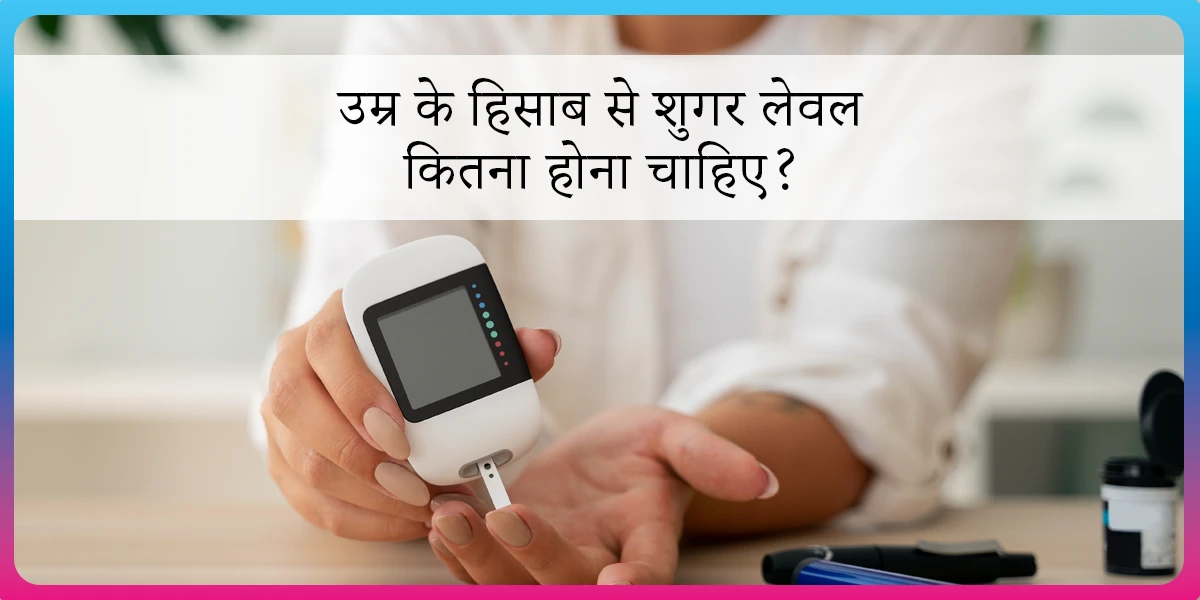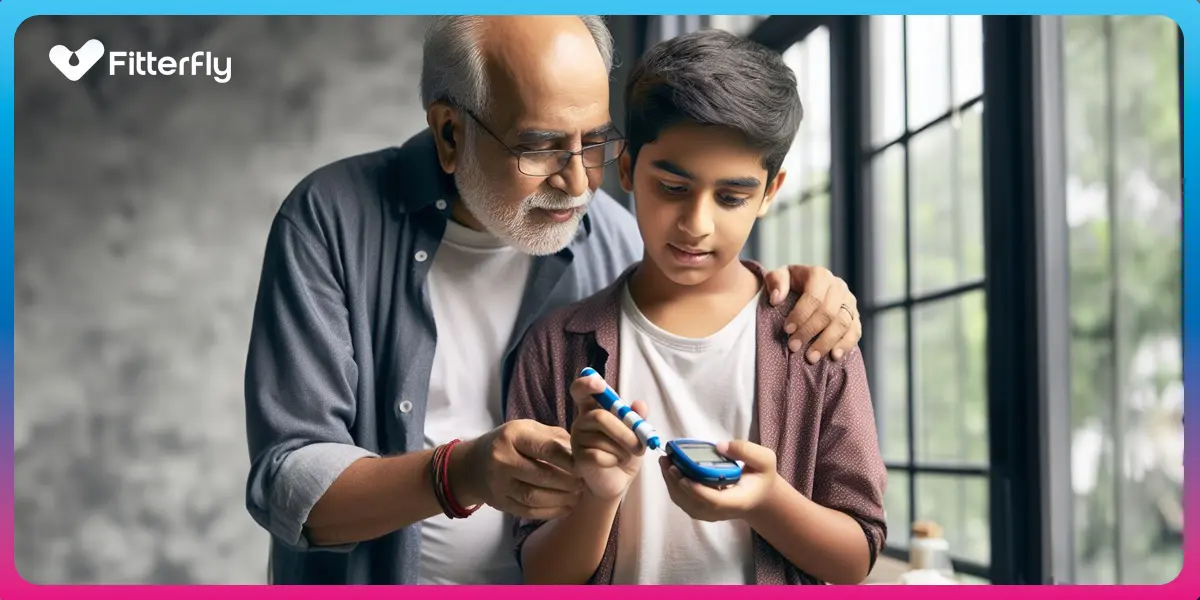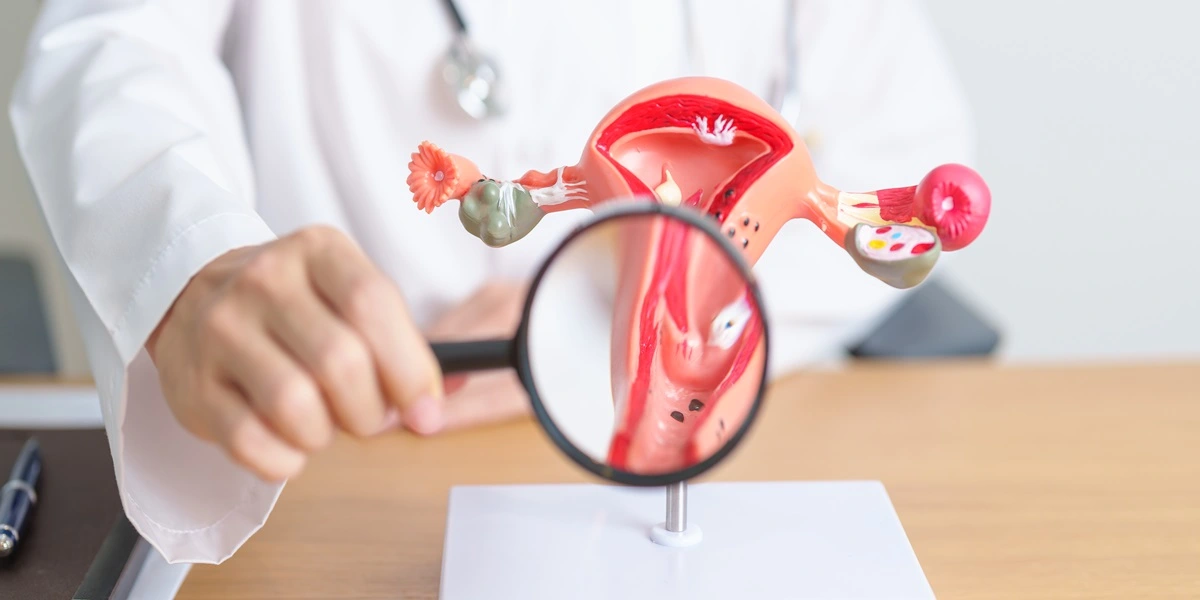What to Do When Blood Sugar is High?

When it comes to high blood sugar, also known as hyperglycemia, people often fall into two categories. First, those who already know they have high blood sugar levels, often due to conditions like diabetes.
They’ve been managing it for a while and are aware of what to do when blood sugar is high. On the other hand, some individuals only discover they have high blood sugar by accident, perhaps during routine checkups or while being diagnosed with another condition.
Whether you know about your high blood sugar or you’ve only just found out, it’s essential to understand how to manage and reduce high blood sugar levels effectively, both in the short term and over the long haul.
What Is Considered High Blood Sugar?
Hyperglycemia occurs when your blood sugar (glucose) levels are higher than the recommended range.
For most people, a fasting blood sugar level of 126 mg/dL or higher is considered high, and a random reading of 200 mg/dL or above indicates hyperglycemia. These elevated levels can happen due to various reasons like overeating, stress, or skipping medication.
Recognising symptoms early on can help prevent further complications.
Blood Sugar Level Chart
Normal Blood Sugar Levels
If you don’t have diabetes, your blood sugar levels will typically fall within the following ranges:
| Test | Normal Blood Sugar Levels |
| Fasting (after 8 hours) | 70 to 99 mg/dL |
| 2 hours after a meal | Less than 140 mg/dL |
Blood Sugar Levels for People with Prediabetes
Prediabetes is when your blood sugar levels are higher than normal but not yet in the diabetes range. It’s an alarming sign that you need to make lifestyle changes to prevent diabetes.
| Test | Prediabetes Blood Sugar Levels |
| Fasting (after 8 hours) | 100 to 125 mg/dL |
| 2 hours after a meal | 140 to 199 mg/dL |
Blood Sugar Levels for People with Diabetes
If you have diabetes, your blood sugar levels will be higher than normal, both while fasting and after meals.
| Test | Diabetes Blood Sugar Levels |
| Fasting (after 8 hours) | 126 mg/dL or higher |
| 2 hours after a meal | 200 mg/dL or higher |
What are the Symptoms of High Blood Sugar?
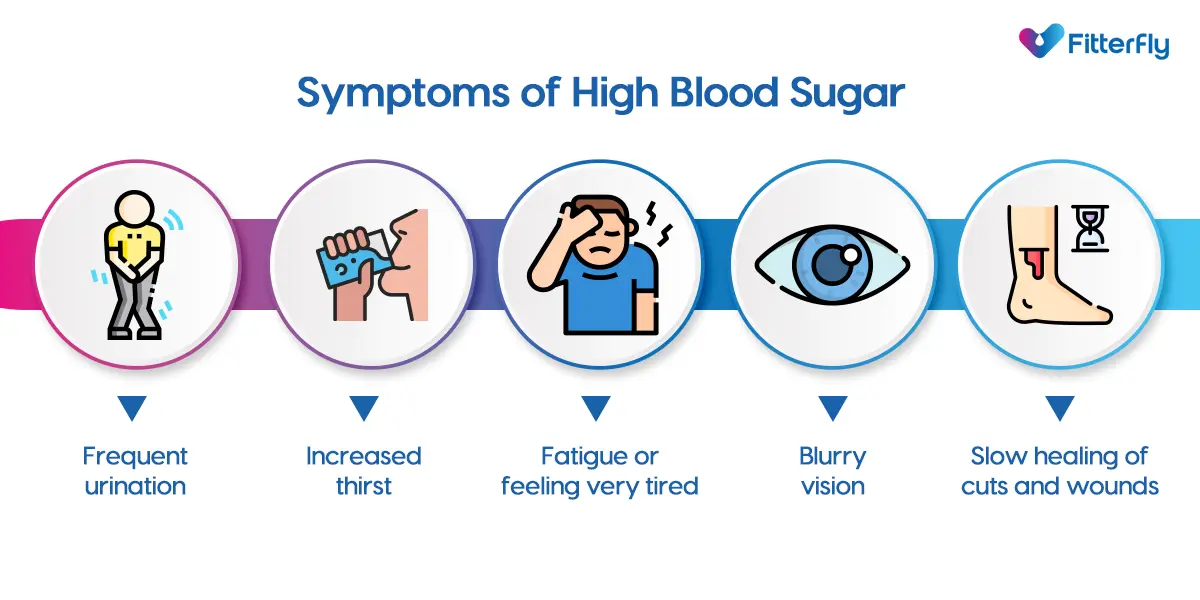
Symptoms of high blood sugar in real life can vary from mild to severe. Some common signs include:
- Frequent urination
- Increased thirst
- Fatigue or feeling very tired
- Blurry vision
- Unexplained weight loss
- Slow-healing wounds
These symptoms can sometimes be subtle, so it’s important to stay aware, especially if you’re at risk for diabetes.
To know your chances of Diabetes reversal, take the Diabetes Reversal TestDiabetes Reversal
Calculator
What are the Immediate Actions You Can Take?
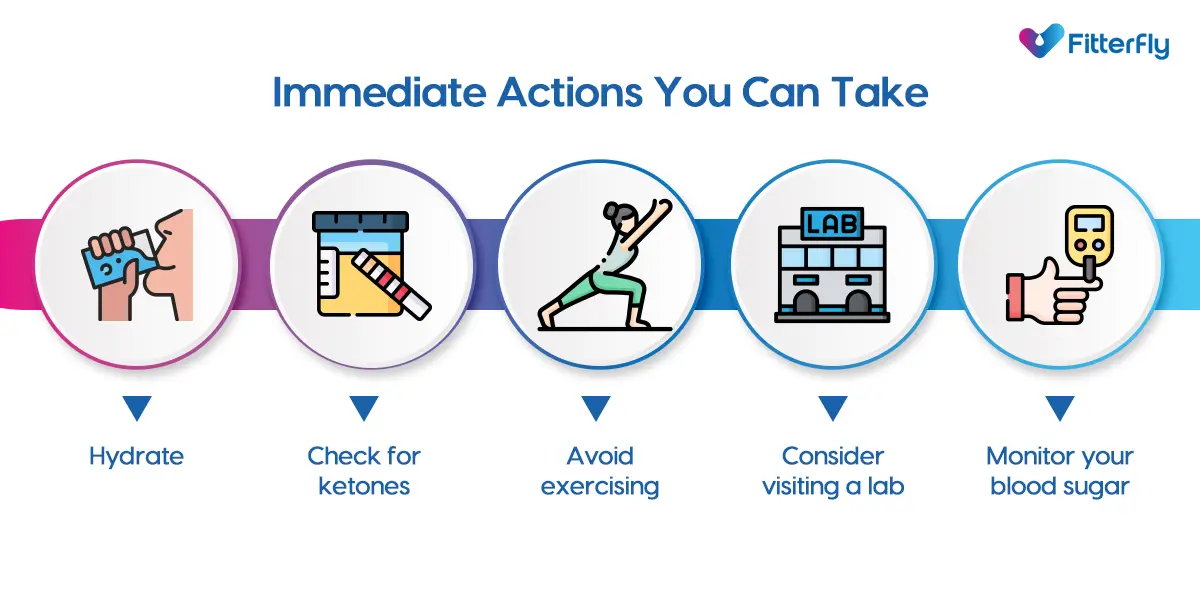

When your blood sugar levels are high, it’s crucial to act fast. While the best step is to consult your doctor immediately and follow their advice, here are some simple tips from Dr. Vidya, our Diabetologist, for handling high blood sugar levels (not in any chronological order).
- Hydrate – Drink plenty of water. It helps flush excess sugar from your blood through urination. Avoid drinking any sugary/cold drink/soft drink/electrolyte solution/sharbats etc, as they can further elevate your blood sugar levels.
- Check for ketones in your urine. For this, your doctor will suggest a urine test. High levels of ketones can indicate a serious issue called ketoacidosis, which requires immediate medical attention.
- Avoid exercising or any other physical activity when your blood sugar is very high, especially if you have ketones, as physical activity can further raise your blood sugar levels even higher.
- Consider visiting a lab to get your blood sugar and other health markers tested.
- Monitor Your Blood Sugar – Use a glucose meter to check your blood sugar levels. Tracking your blood sugar levels can help you decide if additional action is needed.
Knowing how to respond when your blood sugar spikes is essential, but preventing it is always the better approach. At Fitterfly, our expert coaches provide specific guidance to help our Diabetes Prime Program members maintain an active and healthy lifestyle to avoid such situations.
What to Do to Maintain Healthy Blood Sugar Levels Consistently?
1. Eat a Balanced Diet
If your meals are heavy on rice or rotis and light on vegetables or salad, it’s time to make a change. Include more vegetables (like spinach, bottle gourd, and cauliflower), fruits (such as guava, oranges), whole grains, lean proteins (dal, paneer), and healthy fats (nuts, seeds, eggs).
Avoid sugary and processed foods like soft drinks, pizza, or white sauce pasta, as they can cause your blood sugar to spike.
2. Stay Active
We all love relaxing with mobile games or watching TV, but sitting for too long can lead to weight gain and increase the risk of diabetes. Try to balance screen time with physical activities like playing a sport, going for a walk, or jogging.
3. Drink Enough Water
Sometimes we forget to drink water during our busy day. A simple way to stay hydrated is to use a 1 or 2-liter water bottle with markings, ensuring you drink enough water each day.
4. Exercise Regularly
If morning exercise feels hard, don’t worry—you can exercise anytime! Find something fun, whether it’s walking, dancing, or joining a class like Zumba. Involving friends or family can also make it more enjoyable.
5. Manage Stress
You don’t need to rely only on yoga or meditation to reduce stress. Do things you enjoy, like going for a walk, chatting with a friend, painting, dancing, or trying a new hobby. Anything that makes you feel relaxed will help lower your stress.
6. Get Good Sleep
Watching shows before bed can mess with your sleep. Try to switch off screens at least an hour before bedtime. A good 7-8 hours of sleep helps keep your blood sugar and health in balance.
7. Check Your Blood Sugar Regularly
Monitoring your blood sugar regularly helps you stay on track. You can write down your readings in a notebook to see how well you’re managing your blood sugar.
8. Visit Your Doctor Regularly
To avoid missing appointments, set reminders on your phone to visit your doctor regularly. This ensures you stay on top of your health and get the care you need.
When to Seek Medical Help?
If your blood sugar levels remain persistently high or if you experience symptoms like shortness of breath, confusion, or fruity-smelling breath, consult with your doctor immediately. These could be signs of diabetic ketoacidosis (DKA), a serious condition that requires urgent attention.
It is better to regularly visit your doctor and get yourself checked for overall health parameters.
Reduced HbA1c by HALF in 6 months


6.6%
Happy members
EMI
Guarantee
4.8/5
Diabetes Prime Program
How We At Fitterfly Can Help You?
At Fitterfly, we provide a structured, personalized approach to managing blood sugar levels for our enrolled members.
Our nutrition coaches help you create a balanced meal plan designed to keep your blood sugar stable. The success coaches offer ongoing support and motivation to keep you on track, while our fitness coaches develop customized exercise routines that suit your lifestyle and health needs, all without risking blood sugar spikes.
We also use Continuous Glucose Monitoring (CGM), which comes free of cost with our Fitterfly Prime Program, to provide real-time insights into your blood sugar levels. This advanced tool helps you understand how your body responds to different foods and activities, giving you the power to make better decisions for your health.
By following a structured plan with expert guidance, our members have successfully managed their blood sugar levels and improved their overall well-being. You can also manage your diabetes just like our enrolled members. Just give us a missed call at 08068507599, and one of our program advisors will get back to you!
This blog provides general information for educational and informational purposes only and shouldn't be seen as professional advice.
Frequently Asked Questions
How often should I check my blood sugar if it's high?
When experiencing high blood sugar, it's recommended to check your levels more frequently, such as before and after meals, and at bedtime. Follow your healthcare provider’s advice.
How can I bring my blood sugar level down immediately?
Drinking water and light exercise can help bring blood sugar levels down quickly. However, if your levels are extremely high, seek medical advice immediately.
What causes blood sugar levels to rise?
Several factors can cause blood sugar levels to rise, including eating high-carb or sugary foods, skipping medications, illness, stress, or lack of exercise.
Is it safe to exercise with high blood sugar?
If your blood sugar is above 250 mg/dL and you have ketones in your urine, it is not safe to exercise. Always check with your healthcare provider for guidance.
What should I eat if my sugar is high?
Opt for foods that are low on the glycemic index, such as non-starchy vegetables, lean proteins, and whole grains. Avoid sugary snacks and drinks.
Can stress affect blood sugar levels?
Yes, stress can trigger the release of hormones that increase blood sugar levels. Managing stress is a key part of controlling high blood sugar.
How does your body feel when you have high blood sugar?
Common feelings include fatigue, thirst, frequent urination, blurred vision, and slow-healing wounds. Recognizing these signs early can help in taking timely action.
What are some simple tips to prevent high blood sugar?
As we mention in our blog, to prevent high blood sugar, focus on a healthy lifestyle. Eat a balanced diet with plenty of vegetables, whole grains, and lean proteins while avoiding sugary and processed foods. Regular exercise, like walking or cycling, for 30 minutes most days, is important. Managing stress through activities like yoga or meditation can also help. Staying hydrated and monitoring your blood sugar regularly are key to catching any changes early. Always follow your prescribed medications, and if levels spike, take immediate steps like drinking water and contacting your doctor.










